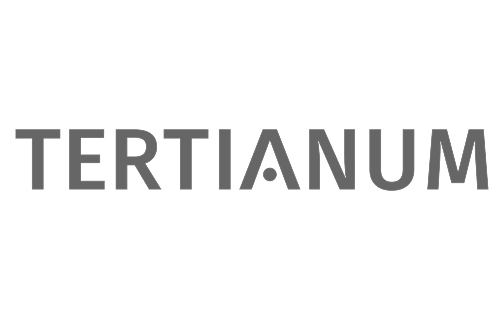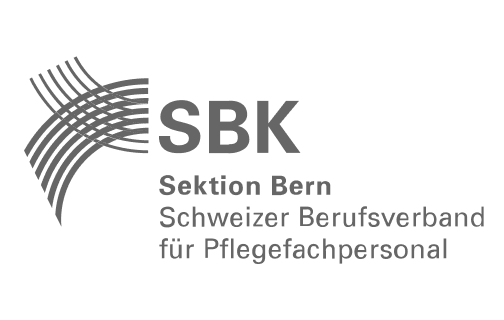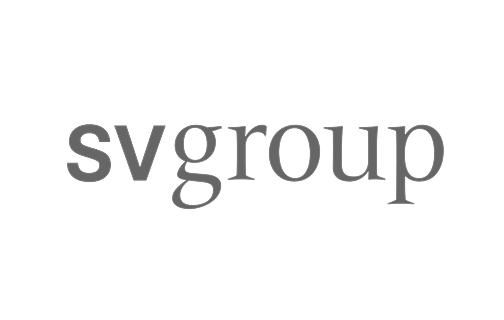Ready to build your flexible team?
Connect now with fully vetted professionals,
ready to join your team in minutes.

Trusted by 30,000 businesses worldwide – from startups to enterprises.

SPEED & SIMPLICITY IN STAFFING
Hire faster, stay ahead
With Coople’s tech-driven platform, you’ll fill roles in record time – minimising disruption and keeping business moving.

EFFORTLESS WORKFORCE FLEXIBILITY
Scale with confidence
Respond to change on your terms – scale up or down without risk or rigid contracts.
DISCOVER COOPLE
Why businesses love Coople.

Full control over staffing
Post jobs, set rates, and receive instant matches without relying on an agency.

Digital ease, human support
Enjoy a seamless platform backed by real people, ensuring a smooth staffing experience.

Trusted workers
Build a reliable pool of top performers, ready for quick and effortless re-hiring.

High-quality talent
Work with vetted, top-rated talent who deliver consistent quality and meet your standards.

OUR SECTORS
Simple staffing across all industries.
With 700,000 flexible workers across Switzerland, finding the right people has never been easier.
Retail
Need cleaners, sales assistants, or peak-time support? Coople ensures your retail runs smoothly.
- Sales assistants
- Cleaning professionals
- Cashier

Office
Ensure smooth daily operations with skilled office staff. From receptionists to customer service agents, Coople helps you find the right talent when you need it.
- Customer service agent
- Office assistant
- Receptionist / Concierge

Hospitality
Looking for experienced waiters, chefs, or kitchen assistants? Coople connects you with skilled hospitality staff to deliver exceptional service.
- Bar staff
- Waiters and waitresses
- Chefs and kitchen staff
- Baristas and hosts

Logistics
Need warehouse assistants, forklift drivers, or delivery staff? Coople ensures you have the right team to keep your logistics moving efficiently.
- Pickers and packers
- Forklift drivers
- Warehouse operatives

Healthcare
Whether you are looking for nursing, care or medical staff, Coople can help you find the right people to strengthen your team in a flexible and reliable way.
- Nursing assistant RC
- Healthcare assistant with a Federal VET Diploma
- Graduate nurse


FAQs
Got questions?
TESTIMONIALS
Joy in hiring.
Ease in working.



GET STARTED
Are you ready for effortless hiring?
Seamlessly scale and manage your workforce – all in one platform.















